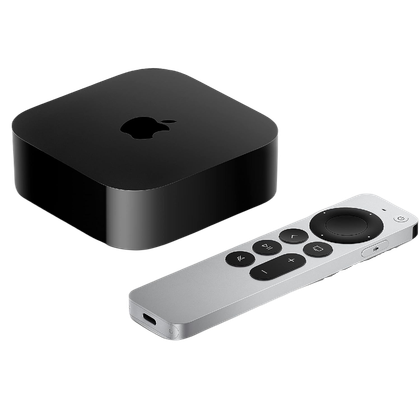It seems that almost every big TV brand has their own custom operating system, and that sounds reasonable, until you consider that smart TVs are basically big stationary smartphones these days.
There’s a reason the smartphone market shook out with just two major operating systems, and the smart TV industry is in desperate need of a similar reset, if you ask me.
The Messy State of Smart TVs
There is a long list of TV operating systems, and they each have their own foibles. Samsung has Tizen, LG has webOS, Hisense uses VIDAA, Roku has Roku OS, and so on. Of course, many of these are running on some form of Linux kernel, but they are so customized that it’s not like apps for them are interchangeable.
One major problem with this is that with so many OSes, and each one coming with its own app store, the quality of the apps in question can be horrible. I can imagine having to maintain a dozen different versions of your streaming is no small task, and some smaller streaming services just give up and remove their apps or give them so little attention that the bugs are never fixed.
The TV manufacturers themselves don’t always support their own operating systems on some models of TV in the long-term, which is why so many of us end up buying streaming boxes or sticks like the Apple TV or any number of Android TV devices.
Right Now, Streaming Sticks and Boxes Work Better
Why do we do this? After all, you’re basically paying a second time for the hardware that’s already in your smart TV. It all comes down to software. Buying an Apple TV, Amazon FireStick, or Android TV box means you’re tapping into a mainstream mass-market operating system with lots of developer support and tons of support from the OS maintainer. Neither Apple nor Google are likely to suddenly abandon their respective OSes for TV boxes, so you’re probably going to be OK for quite some time.
Even if your current streaming box or stick hits a wall with software updates, it’s still far cheaper to just buy a new one than replacing a TV. It’s one the reasons I wish we had the option of buying “dumb” TVs and choosing the box and OS we want to use, but failing that, moving away from proprietary, fragmented TV OSes is the next best thing.

- Brand
-
Apple
- Operating System
-
tvOS
- Resolution
-
4K
- Ports
-
HDMI
The Illusion of Differentiation
So why do TV manufacturers do this? As always, it’s mainly about having more differentiating factors to set your TV apart from the rest. It adds “value”, but honestly it’s mostly just bloat. It’s because of LG adding more “value” to my webOS-powered OLED TV that I never, ever use its native software and use an Apple TV 4K instead.
Keep in mind that we aren’t getting these in-house operating systems for free. The software costs money to develop and maintain, even if you have a Linux-powered head start. Someone has to pay for it, and it is reflected in the price of the TV.
The Case for Standardization
I recently sold my last two Samsung TVs, meaning there are (hallelujah!) no more Tizen devices in my home. Instead, I’ve replaced my secondary TV with a 2025 TCL miniLED, which comes with Google TV as its operating system. Doubtless, this is part of how TCL makes its TVs cheaper, but this is better than having webOS or Tizen, in my opinion.
This is exactly the same experience as I’ve had with my Android TV boxes over the years. The Google Play Store has every TV app I could ever want, and then a bunch I never knew existed. I don’t have to worry about whether TCL can maintain this software, because it’s really not its problem.
If you think about it, many people end up buying an Android or Google TV box anyway, and that adds to the cost of the TV you already paid a premium for because it has proprietary software. If TV manufacturers moved towards adopting a common OS (the way PCs adopted MS-DOS) then it would probably make everything better.
It’s Time to Pull the Plug
I don’t know which direction the TV industry will go, but I can see several ways forward. One is to have custom firmware, the same way you can customize the firmware on various routers that share the same hardware bases. However, that’s always going to be niche and for more hardcore users. There’s no open-source custom firmware for popular TV models that I’m aware of, and since you can “replace” your TV OS by simply attaching a streaming box to it, I guess there isn’t much incentive.
The more likely outcome is a similar situation to the smartphone world. Companies like Nokia and BlackBerry tried to hold on to their operating systems (mostly so they could own the app stores and take a cut), but ultimately we ended up with the open-source Android OS dominating everything, and one major proprietary OS in the form of Apple’s iOS.
When I buy my next TV, you can be sure which OS is onboard will play a bigger role in my decision, and all things being equal, I’m more likely to go with an Android ro Google TV-based system than even the biggest company’s in-house OS.


